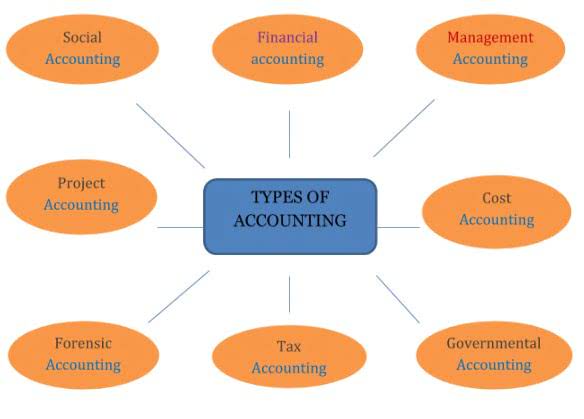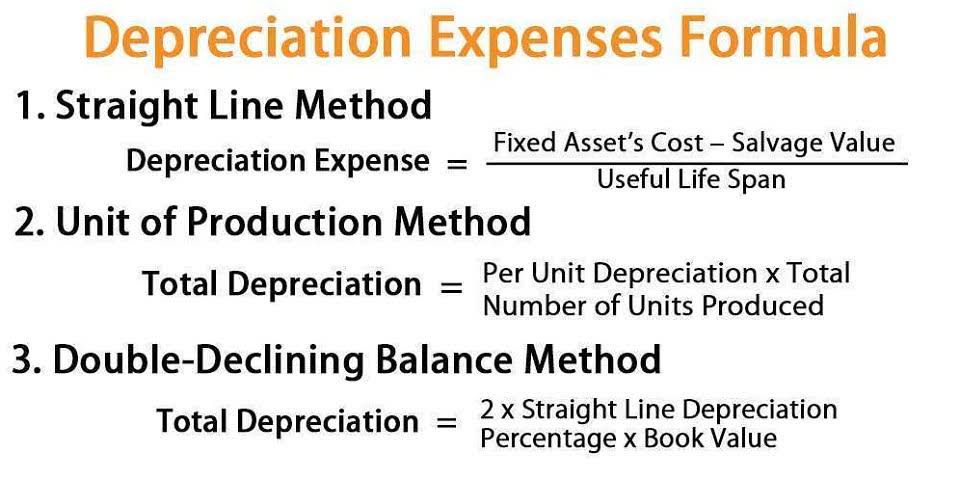Learn how to us Microsoft Excel

A) Create a list of all your accounts, including assets, liabilities, equity, revenues, and expenses. Microsoft Excel is old software, but it is still a great option for creating spreadsheets. Spreadsheets are a great way of organizing our data, keeping important records, and bookkeeping. They’re using an Excel bookkeeping template to manage the business. The liability account is named after that business if you’d purchased on credit 100 in raw materials needed to make your products from another business. You debit both accounts because you’re increasing an asset and a liability.
- The IF function performs a logical test and returns one value for a TRUE result and another for a FALSE result, useful for creating conditional statements in your financial data.
- Create an Excel template with an accounting format Excel provides for you and use it to generate the balance sheet each month.
- Retained earnings are included in the equity accounts because they’re the profit a company has earned over its lifetime after paying any dividends (if there are stockholders).
- There is even an international championship for Microsoft Office applications.
- Use it to list all the invoices you have sent them and include a total.
Customizable and Ready-to-Use Bookkeeping Templates

Microsoft Excel has certainly stood the test of time in a world of cutting-edge tech as the essential software for small businesses. The software program is ideal for basic small business accounting. Essentially, if your answer to any of these questions is “yes,” it’s worth looking into an automated bookkeeping or accounting software. Any software you choose is going to end up being more accessible, more accurate, and easier to manage and use. Plus, as your business grows, it will become more and more difficult to manage your Excel bookkeeping system.
Step 1: Setting Up Your Excel Spreadsheet
With SUMIF, you can only add the cells that meet certain criteria. You can view a product’s revenue or the percentage of your income generated by sales under Rs.20. As an accountant, you need to create a lot of reports and with VBA you can automate all those reports that you usually create manually. In financial data, you do have a lot-specific data which you use frequently and a named range can be super useful for that. Equity accounts are usually owners’ or stockholders’ equity accounts, but small businesses may not have any shareholders. Retained earnings are included in the equity accounts because they’re the profit a company has earned over its lifetime after paying any dividends (if there are stockholders).
- By mastering basic and advanced features, you can enhance your efficiency and accuracy in handling financial data.
- Once again, although it is possible to create a double-entry accounting system in Excel, it would be extremely troublesome and time-consuming to manage and maintain.
- Cost allocation formulas in Excel allow for the allocation of expenses related to production, such as raw materials and labour, to calculate the total COGS accurately.
- With myBillBook, businesses can streamline accounting, reduce errors, and save time—all without the limitations of Excel.
- Here’s how you can make the most of it for your business’s financial management.
How to Prepare an Income Statement in Excel
- If you create your own bookkeeping Excel sheet, on the other hand, you’ll either have to manually perform these calculations or input the accounting formulas yourself.
- So you can “close” income statement accounts to the net income.
- Using this process of inputting transactions, you’ll manage your small business bookkeeping in Excel on a day-to-day basis.
- Keep the formulas for the subtotals so that you can check your work.
- Excel is more than just a spreadsheet tool; it’s a versatile and powerful application that can handle various accounting and bookkeeping tasks.
If you’re using Excel, stick with the income statement and balance sheet. If total debits and credits don’t balance, check each journal entry and verify you posted the data to the general ledger correctly. If you still have an error, check the formulas in your general ledger spreadsheet. Once you gross vs net have an accurate trial balance, you’re ready to generate financial statements.

How to Create Bookkeeping in Excel

Because the range address of the data changes every time you update it. The best example I can tell you is about using a table while creating a pivot table, you can use a table to update the source range automatically for a pivot table. Assets accounts can contain accounts such as cash, accounts receivable, inventory, fixed assets, or other assets. Accounts receivable are payments owed to you for purchases from you using credit. The different categories of accounts are asset, liability, equity, revenue, and expense.

Keep your business and personal finances separate
So you may not have automated administrative tasks like bookkeeping and accounting when you open your doors. As you can see, Excel can perform a large number of tasks and is easily available. Excel isn’t going anywhere, and small businesses in the US will continue to use this program Accounting Security as the main tool for diverse functions, such as business accounting. One of the best things about Excel is that you can generate template-based reports, such as charts and tables that you can reuse for various tasks, including invoice management.

Simply select your range of data (they have to be numerical) and then navigate to the Insert menu. If you choose the ‘line’ chart option, a visual representation of the growth/loss of your numerical data will be created. Ideally, this invoice tab should be placed next to your list of transactions tab. In this tab, you want to create a column that has the invoice number or other form of reference. Intuit helps put bookkeeping services more money in consumers’ and small businesses’ pockets, saving them time by eliminating work, and ensuring they have confidence in every financial decision they make.

